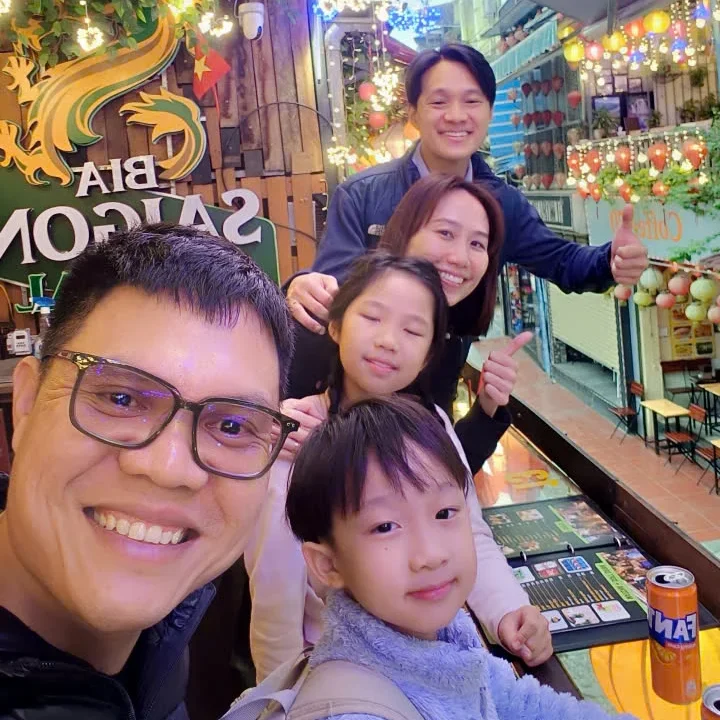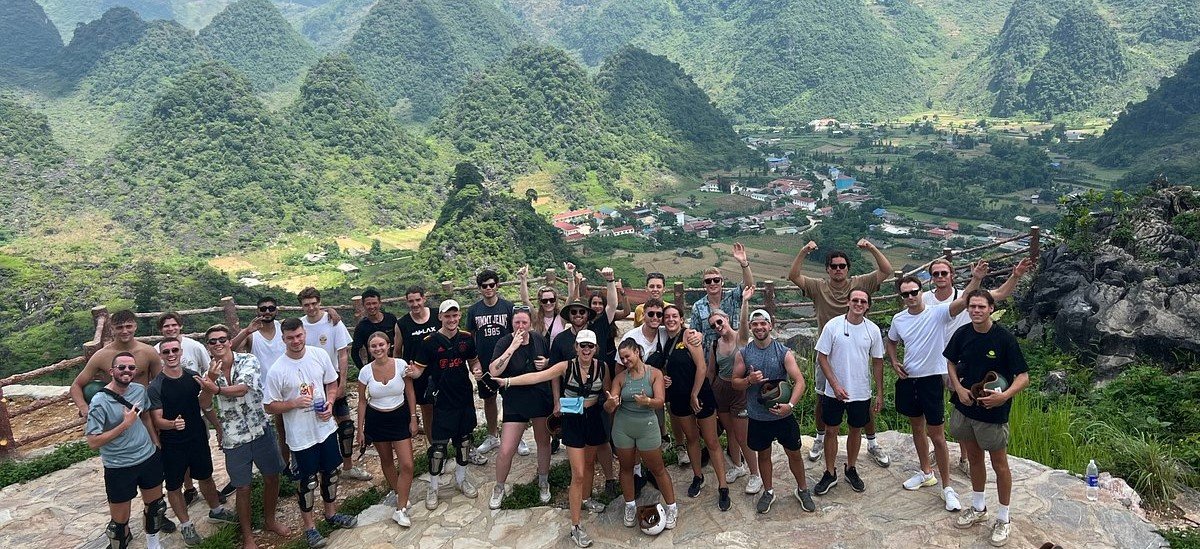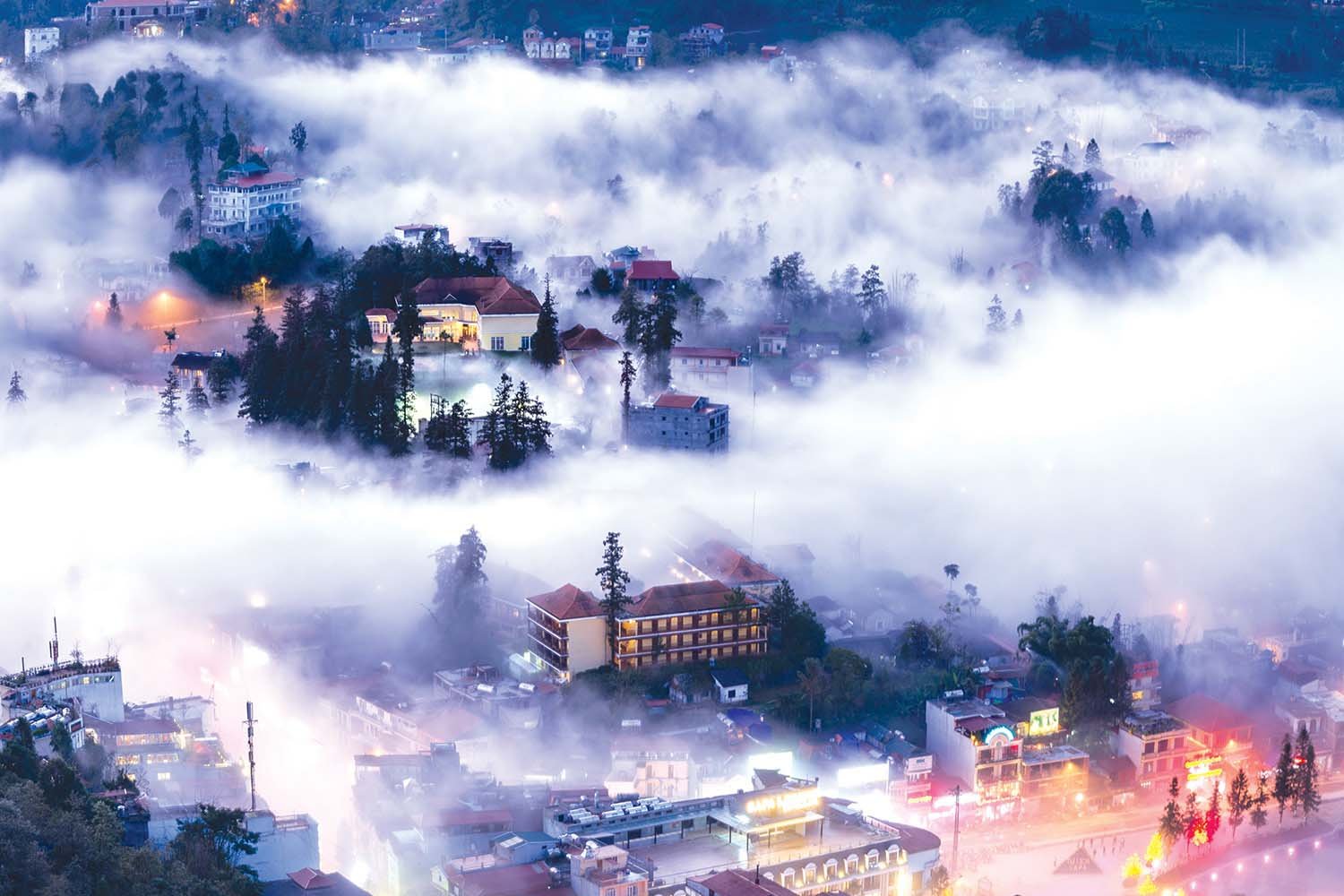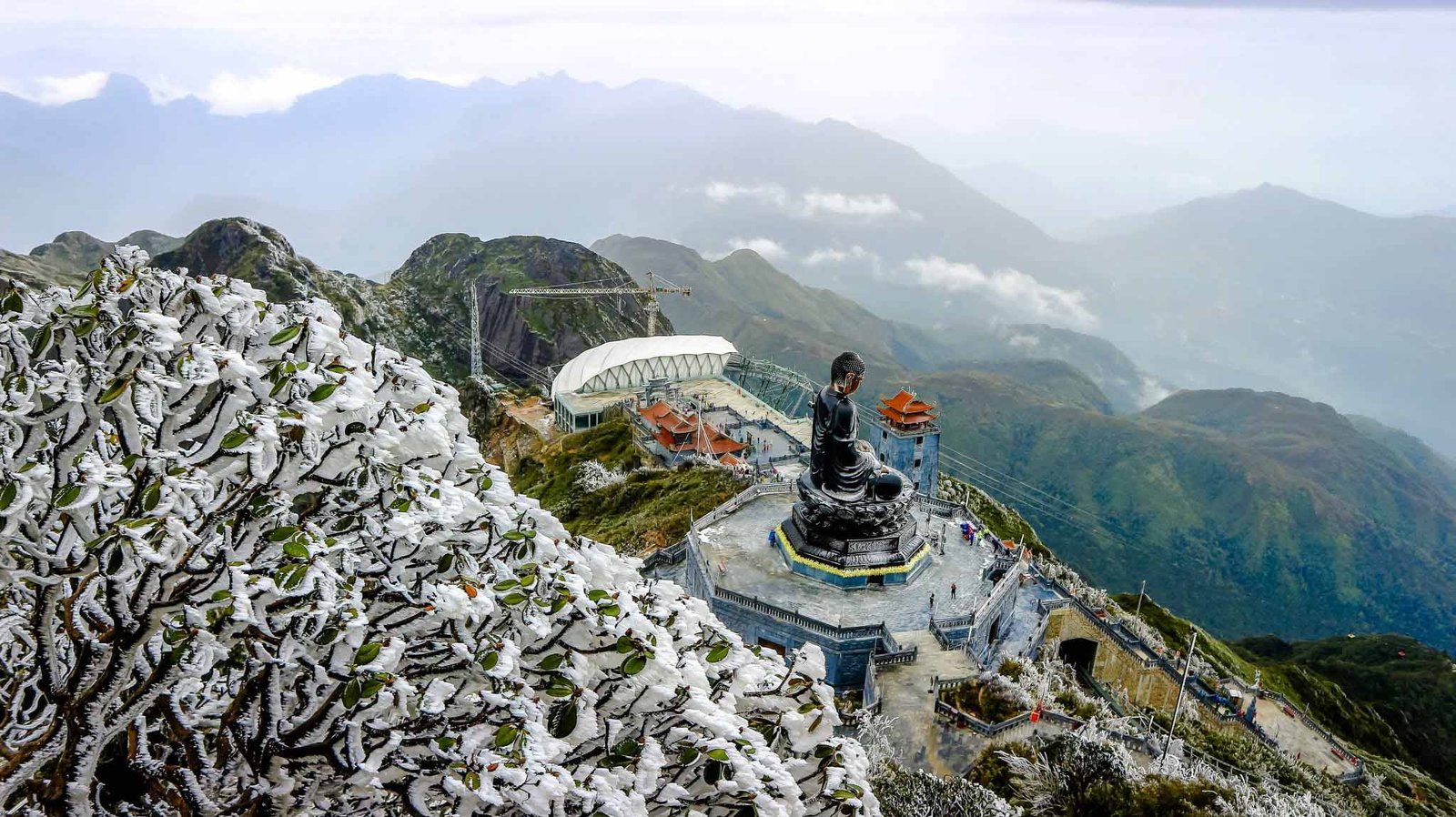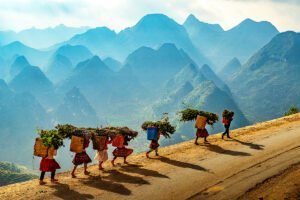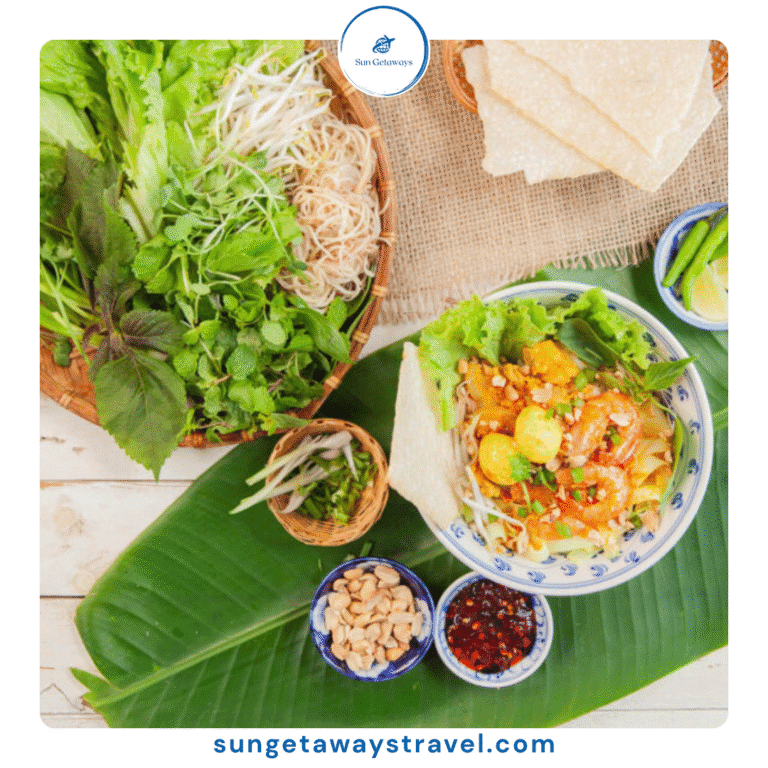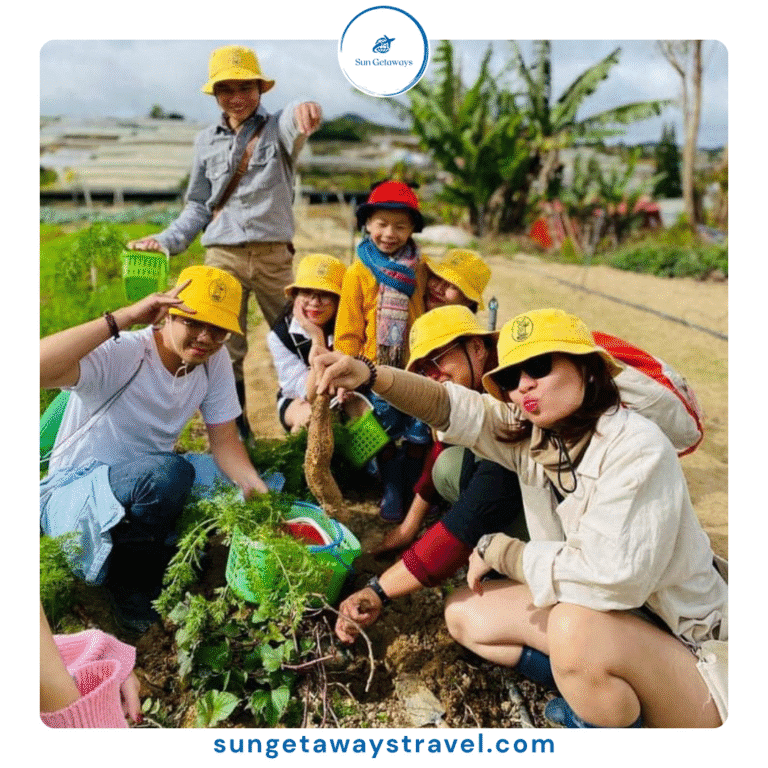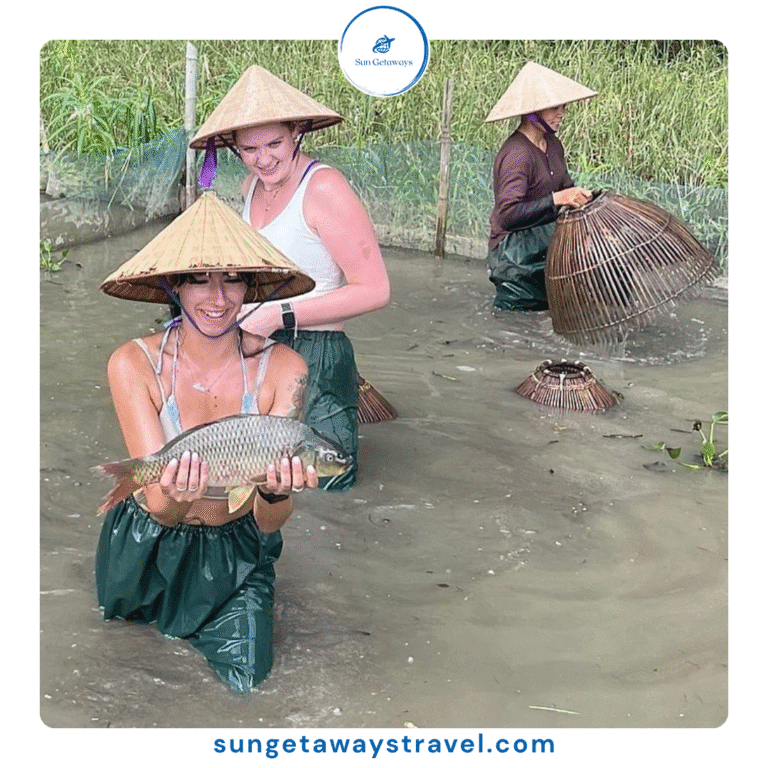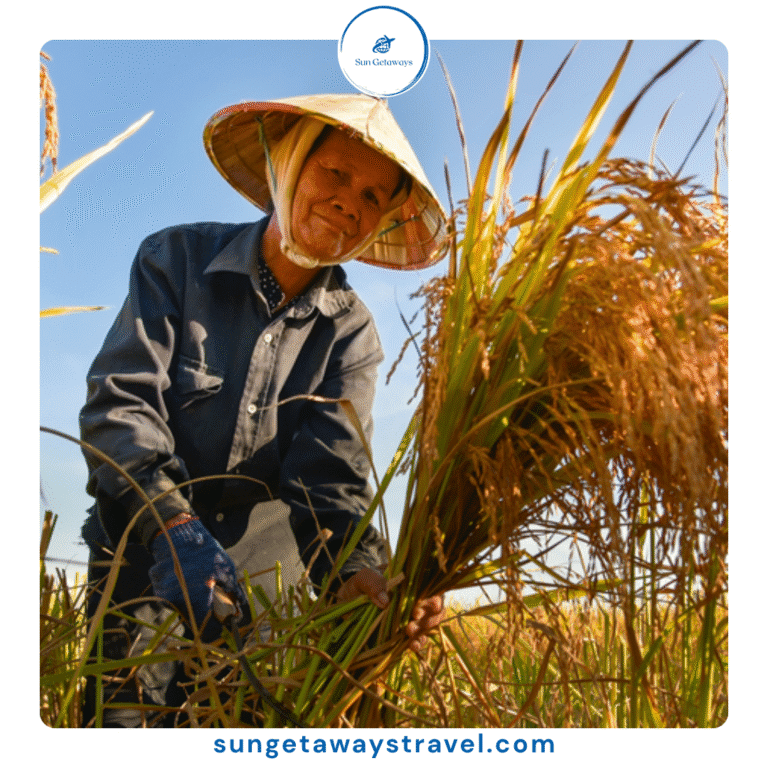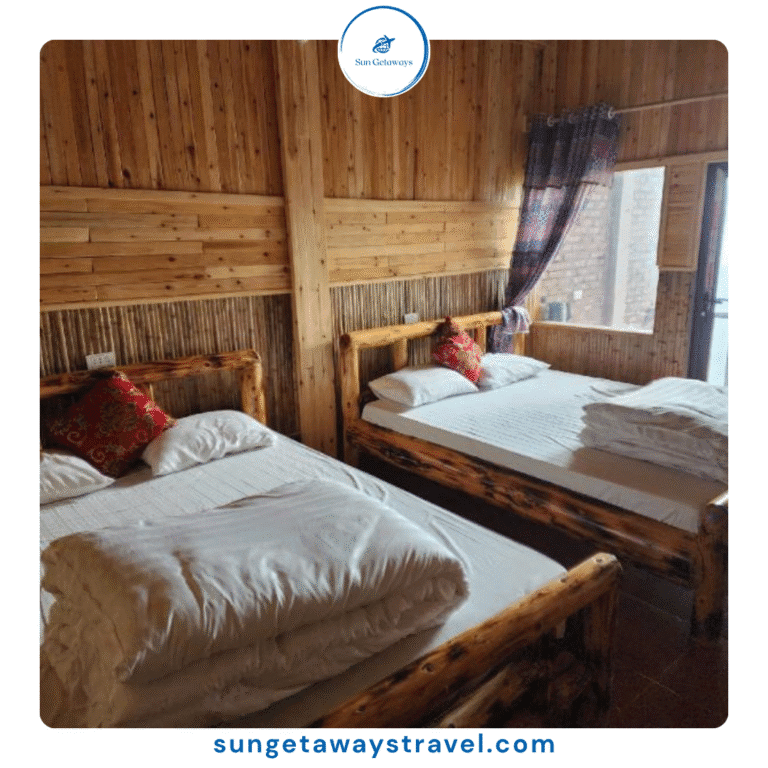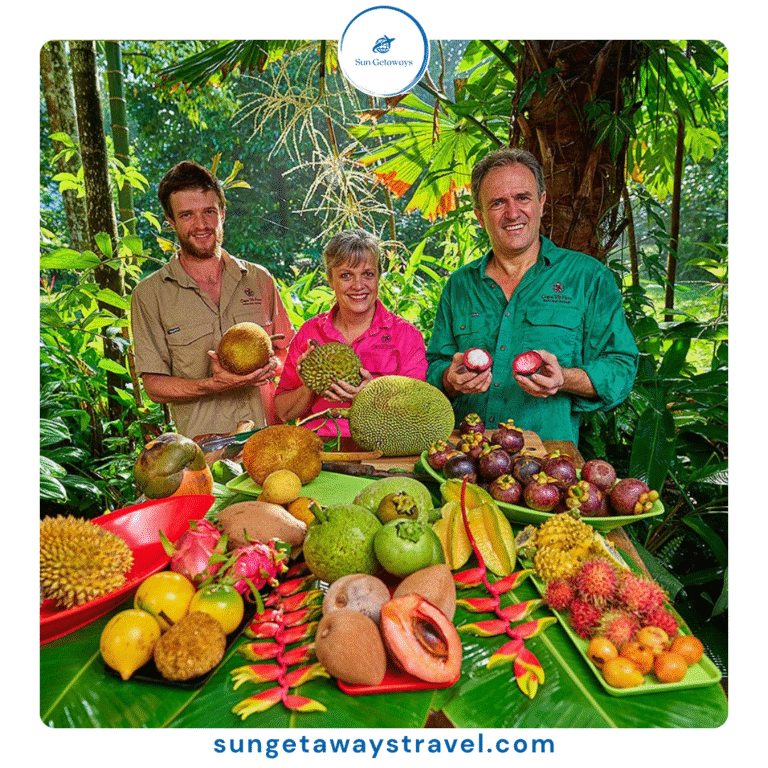Explore Sapa: The Definitive Travel Companion
 Mai Anh
Mai Anh Nestled amidst the verdant mountains of northern Vietnam, Sapa lies a destination that captivates the adventurous spirit and beckons travelers with its breathtaking landscapes and vibrant culture. Join Sun Getaways Travel as we delve deep into the heart of Sapa!
1. Introduction
Located: Lao Cai Province, Vietnam
Sapa Town is a charming destination nestled in the picturesque mountains of northern Vietnam. Explore the lush terraced rice fields that cascade down the rolling hillsides, creating a breathtaking mosaic of greenery.
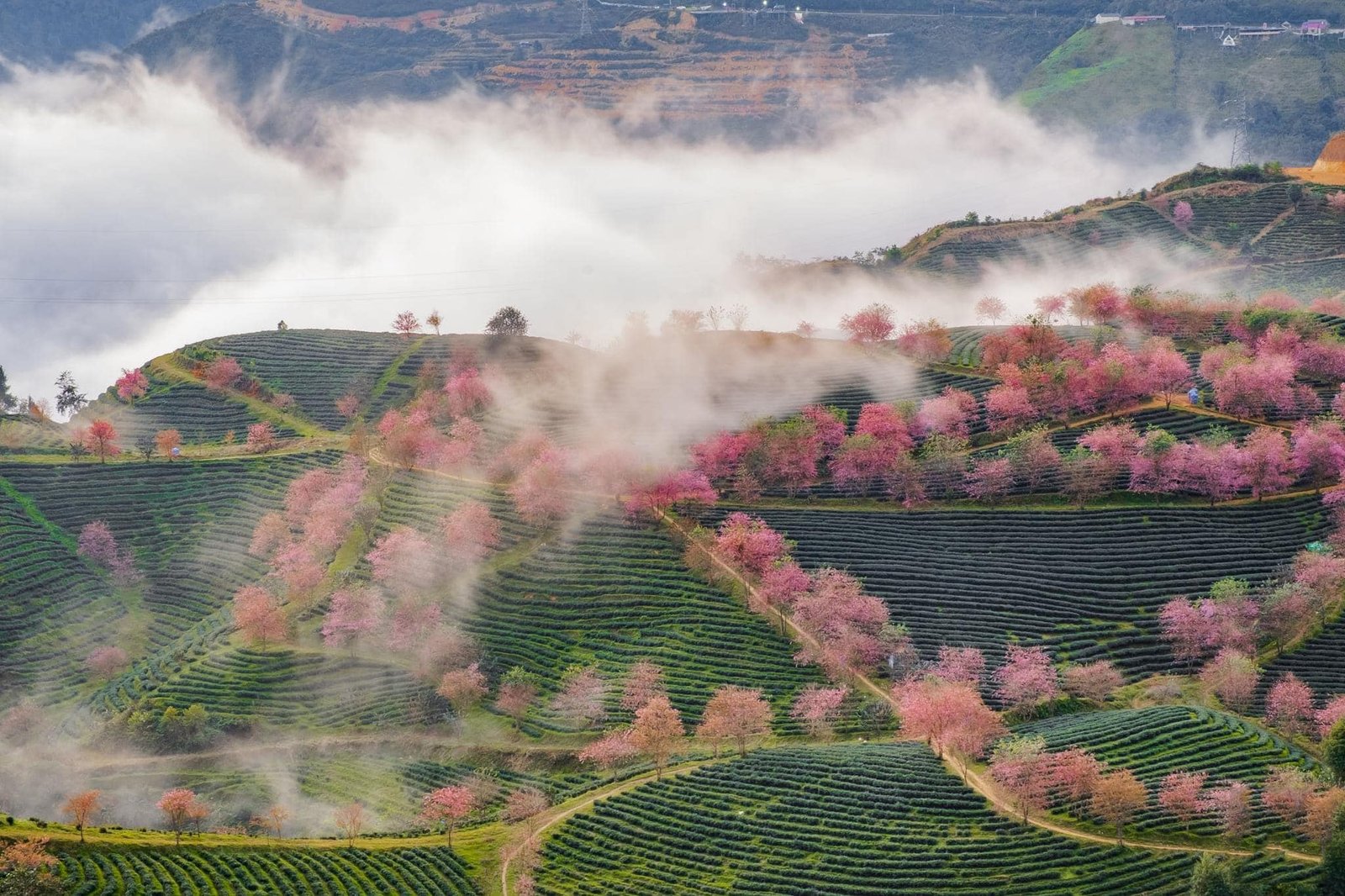

For adventure seekers, Sapa offers a range of exhilarating outdoor activities, from hiking to the summit of Fansipan, the highest peak in Indochina, to mountain biking along scenic trails and embarking on scenic cable car rides to enjoy panoramic views of the surrounding mountains. Trekking through these verdant landscapes allows visitors to immerse themselves in the natural beauty of the region while interacting with local ethnic minority communities, such as the Hmong, Red Dao, and Tay people, known for their unique customs and colorful traditional attire.
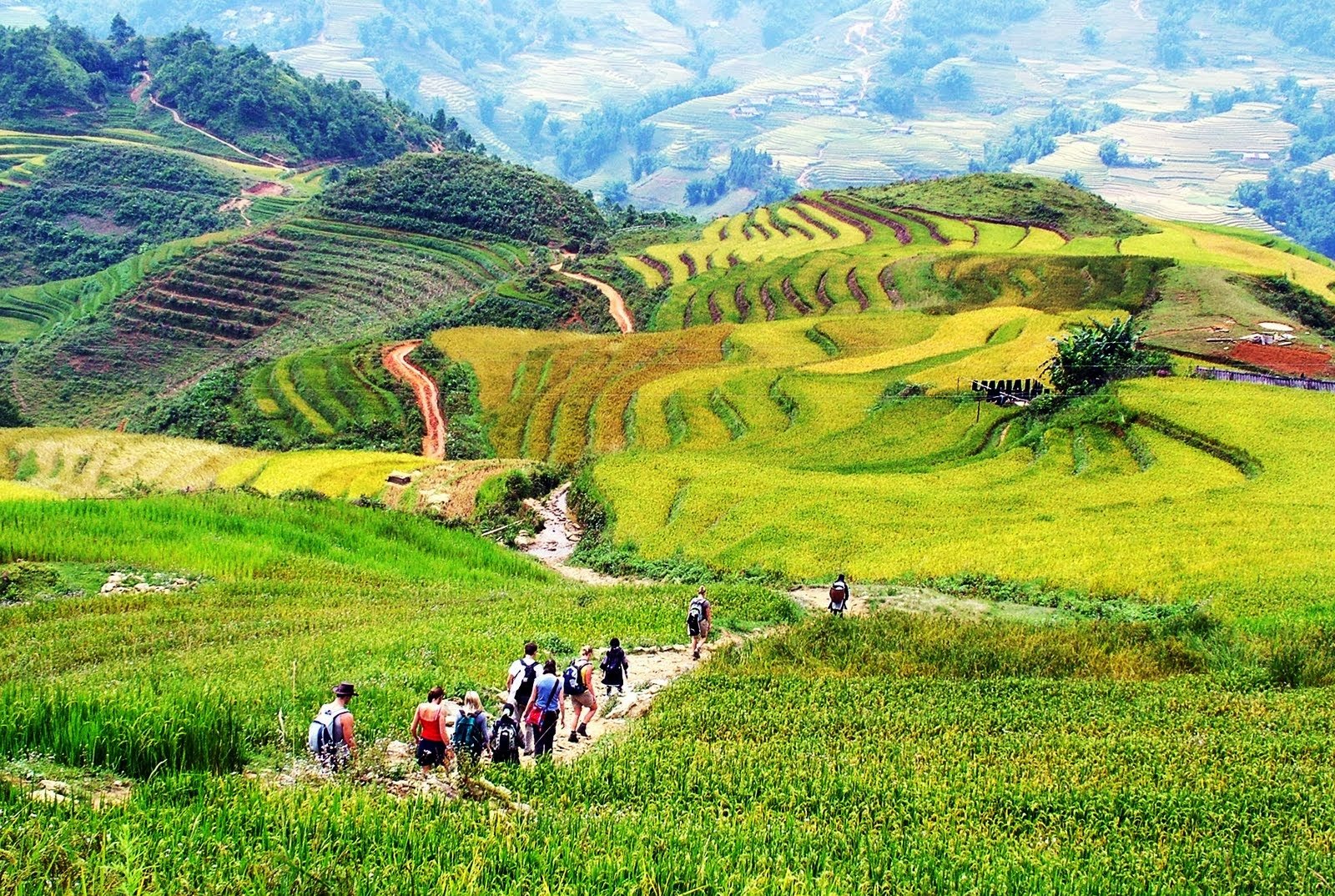

2. How to get to Sapa
There are two primary transportation options available for traveling to Sapa from Hanoi. You can opt for either sleeper bus or sleeper train.
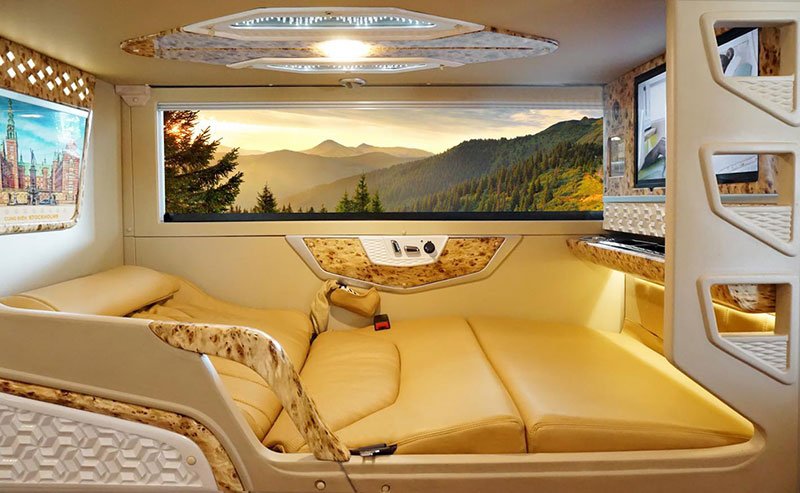



Sleeper bus
- Price: 400.000 VND (~ 16 USD) – 700.000 VND (~ 28 USD) per ticket.
- Time: 5 – 6 hours.
Night train
- Price: 650.000 VND (~ 26 USD) – 800.000 VND (~ 33.95 USD) per ticket.
- Start from Hanoi Station.
- Time: 7-9 hours.
For your ease, you have the option to select from four different methods outlined in our Sapa travel guide to explore and navigate Sapa:
- Option 1: By renting a motorbike for approximately 100,000 VND (~ 4 USD) to 150,000 VND (~ 6 USD) per day, you can independently explore Sapa’s attractions.
- Option 2: Engage a motorbike driver to chauffeur you to various destinations, with prices typically around 200,000 VND (~ 8 USD) for visits to 4-5 places.
- Option 3: Hire a private car driver to transport you to different destinations, usually costing approximately 1,500,000 VND (~ 60 USD) for a 4-seat car for visits to 4-5 places.
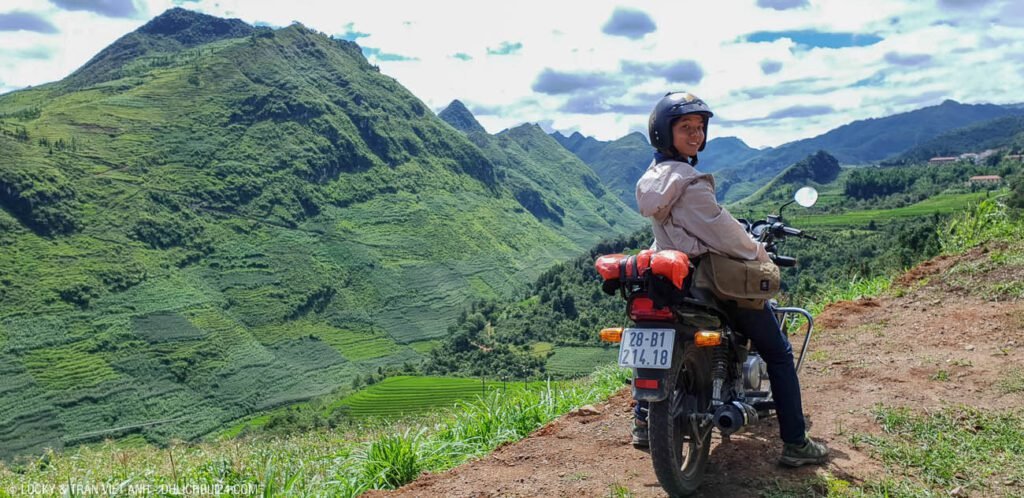

3. Optimal Times for Visiting Sapa
You can visit Sapa at any time of the year, as each season unveils its unique charm and colors, creating a diverse and captivating landscape.
- From March to May, blooms with hundreds of flowers such as apricots, peach blossoms, and plums, making it an ideal time for sightseeing.
- From September to November, adorns itself in vibrant yellow hues as the rice fields ripen, offering picturesque views of golden landscapes.
- During December to February, the weather turns cold, and Sapa is blanketed in ice and snow. However, this period also marks the blooming season of peach blossoms and rhododendrons, adding a touch of beauty to the winter scenery.
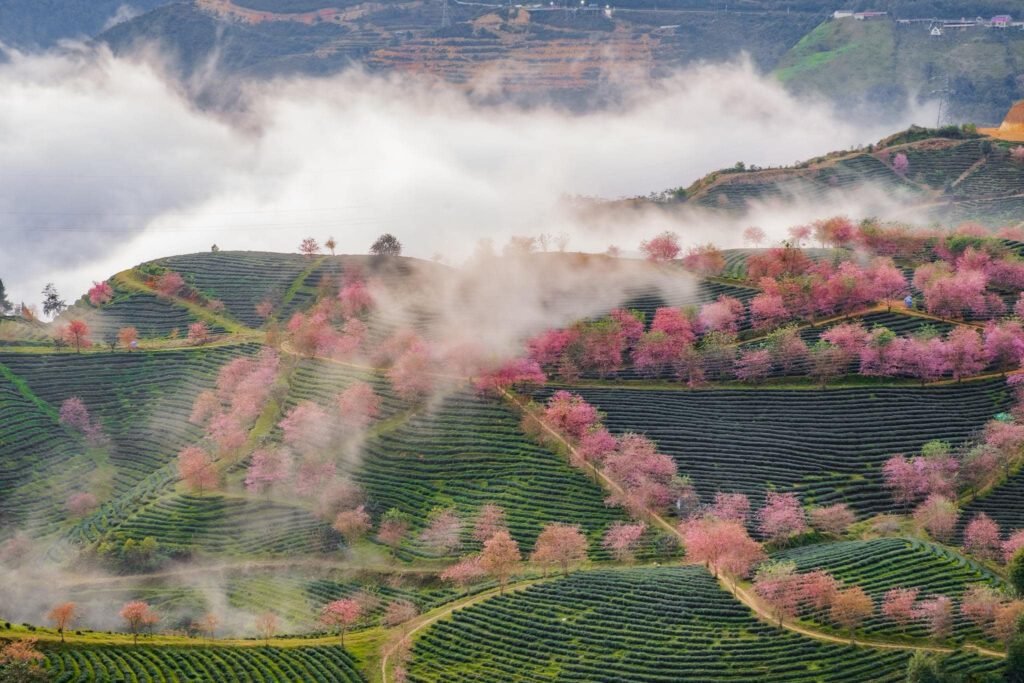

Peach blossoms bloom in Sapa
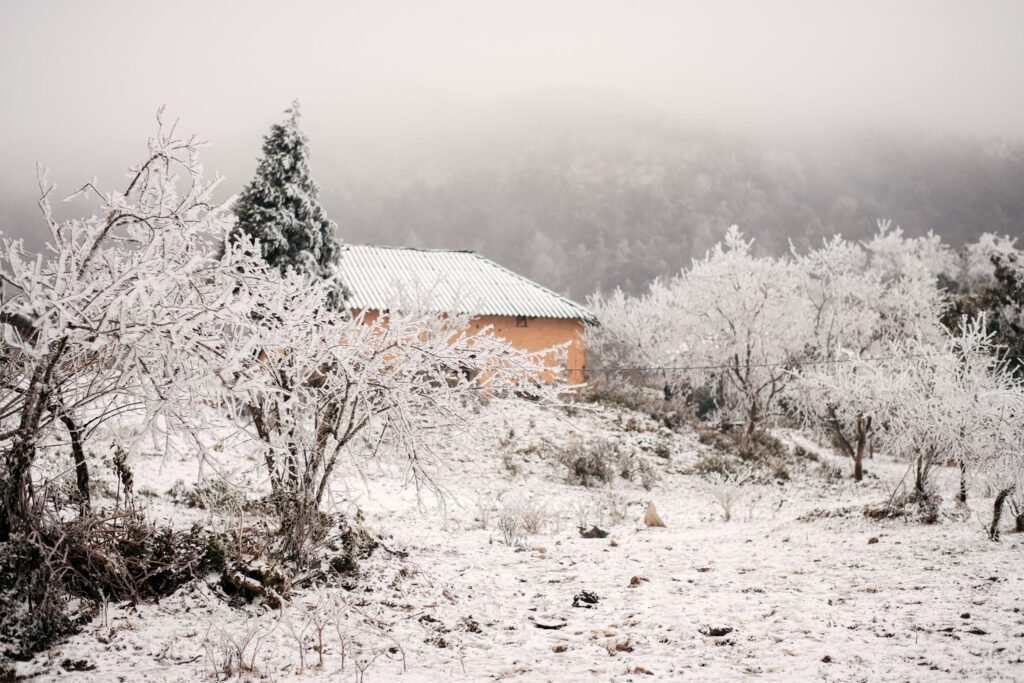

Ice and snow in Sapa
Let’s see 6 Reasons to Explore Sapa >>> Embrace the Beauty
4. Sapa’s Must-See Destinations
Sapa, known as the “junction of heaven and earth,” boasts some of the most awe-inspiring natural landscapes in the Northern region. It’s also the ancestral homeland of ethnic communities that have lived here for generations. If you’re seeking top tourist destinations, be sure to explore the following renowned attractions:
- Bac Ha Market: Colorful ethnic market near Sapa, offering a wide array of local products and a vibrant cultural experience.
- Love Waterfall: A picturesque natural attraction in Sapa, surrounded by lush forests and steeped in romantic folklore.
- Heaven’s Gate: Majestic mountain pass on the road from Sapa to Lai Chau, offering breathtaking panoramic views of the Hoang Lien Son mountain range.


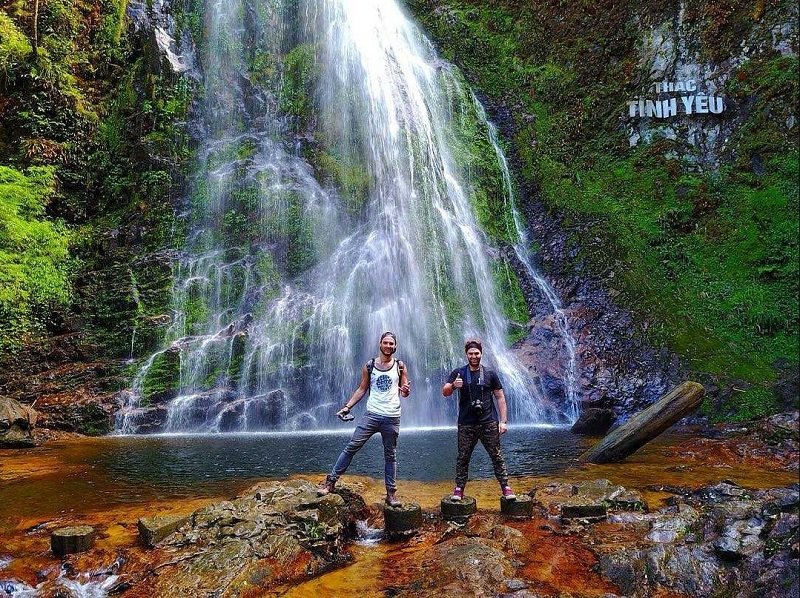

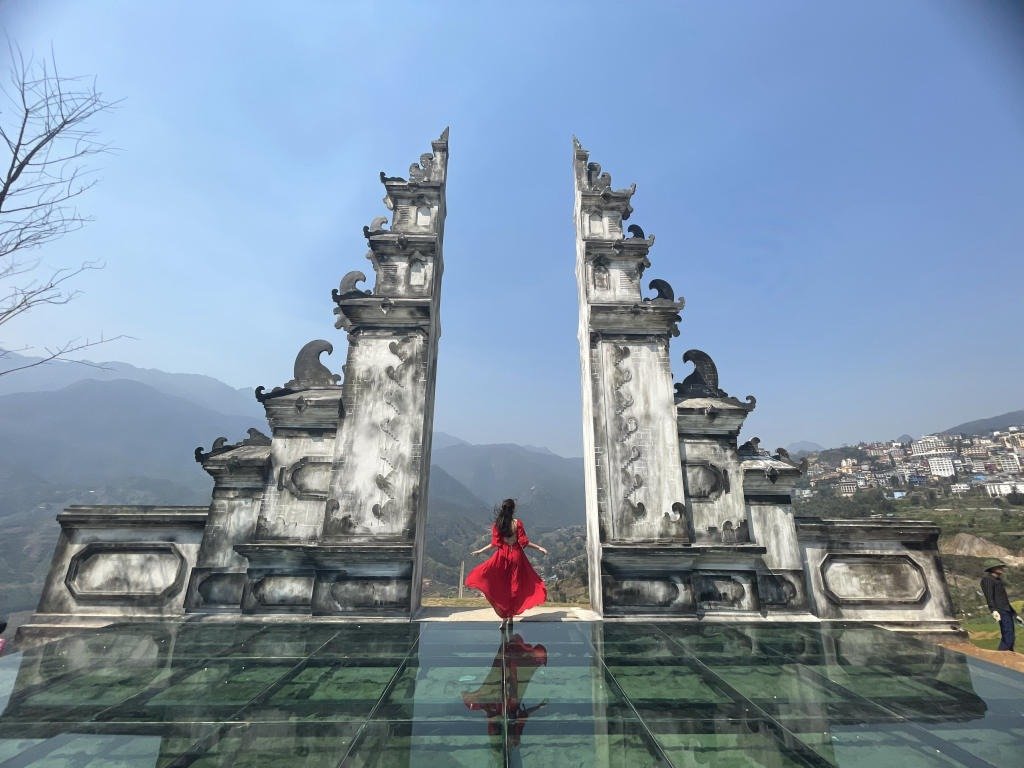

- Cat Cat Village: Traditional H’mong ethnic village near Sapa, showcasing terraced rice fields, traditional houses, and local crafts, providing insight into the local culture.
- Silver Waterfall: A stunning cascade near Sapa, known for its shimmering appearance caused by the sunlight reflecting off the water. It’s a popular stop for visitors seeking natural beauty.
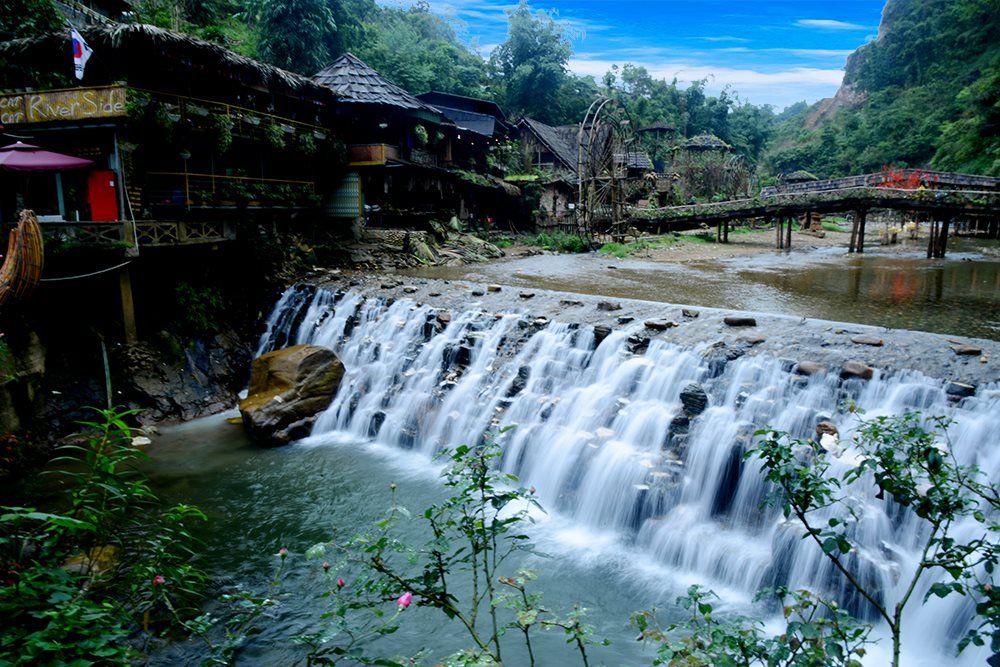

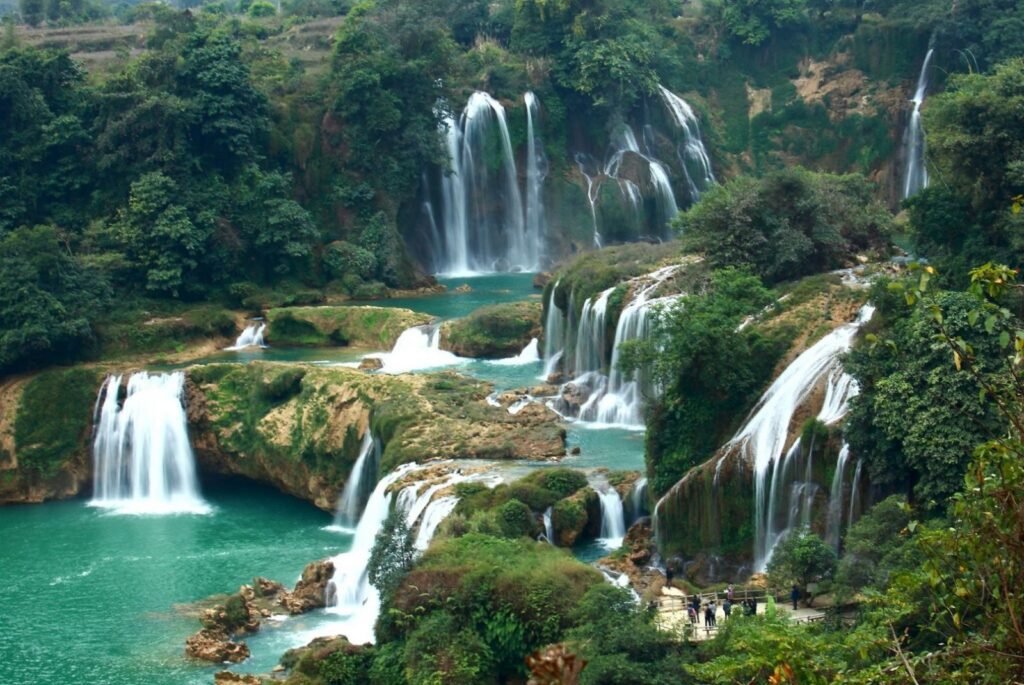

Silver Waterfall
Fansipan: The highest peak in Indochina, located near Sapa. It offers breathtaking views of the surrounding mountains and valleys. Visitors can hike to the summit for a challenging adventure and a sense of accomplishment.
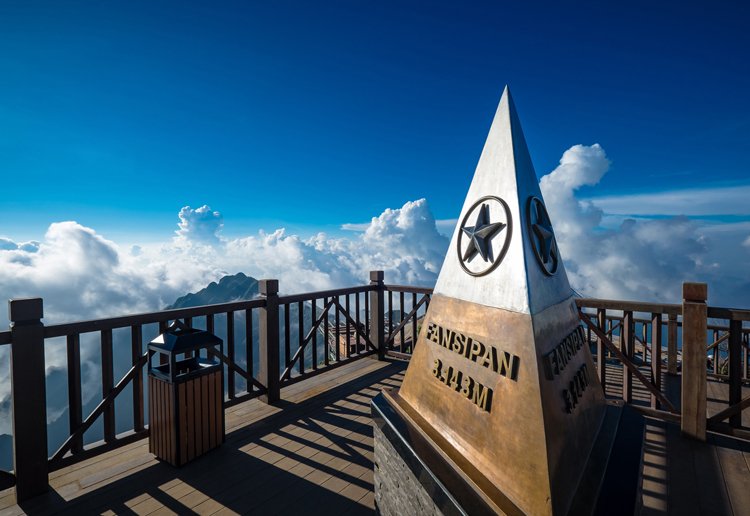

Fansipan Peak
- Ta Van: A picturesque village near Sapa, inhabited by the Giay ethnic minority. It’s famous for its terraced rice fields, traditional stilt houses, and serene natural surroundings, making it an ideal destination for trekking and cultural immersion.
- Ta Phin: Another charming village near Sapa, home to the Red Dao ethnic minority. It’s known for its traditional handicrafts, herbal baths, and vibrant cultural heritage, providing visitors with an authentic and enriching experience.
- Y Linh Ho: A tranquil valley near Sapa, surrounded by terraced rice fields and verdant hills. It’s an excellent destination for hiking and photography, offering stunning views of the surrounding landscape and insights into local farming practices.
Let’s Explore More Must-Visit Destinations >>> Exploring the Enchanting Beauty of Sapa
5. Local Culinary Delights
In addition to enjoying the natural beauty of Sapa, be sure to sample the distinctive local cuisine of this town. We are eager to introduce some authentic dishes in our Sapa travel guide:
- Pho Cốn Sủi: A special kind of pho with a richer broth.
- Mèn mén: a dish likened to the “golden rice” of the Hmong people. This dish, often referred to as “golden rice,” consists of ground cornmeal cooked with various spices and herbs.
- Bamboo Rice (Cơm Lam) – bamboo rice is cooked inside bamboo tubes over an open fire, infusing the rice with a subtle, smoky flavor. This traditional dish highlights the connection between the local culture and nature, offering a rustic yet satisfying culinary experience.
- Buffalo Cooked by the Stove (Trâu Gác Bếp), a symbol of traditional mountain cuisine, buffalo cooked by the stove refers to buffalo meat slow-cooked in a clay pot over a wood stove. This hearty dish showcases the rich flavors of the region’s ingredients and is often enjoyed with sticky rice or other local staples.
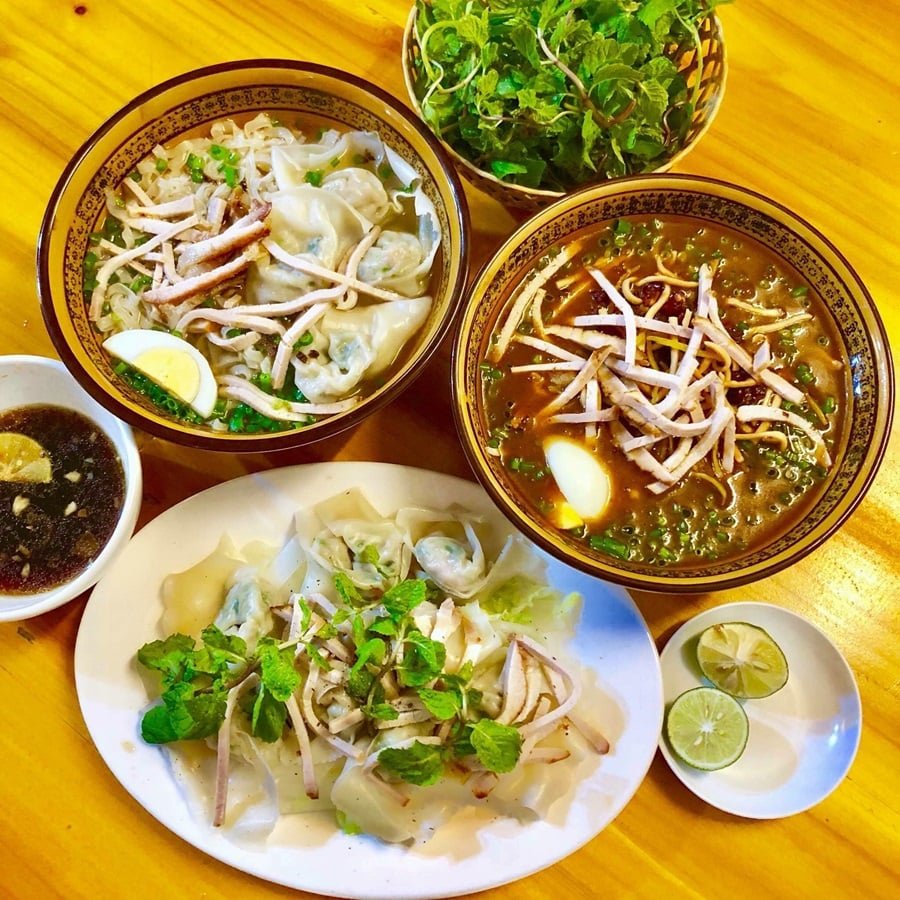

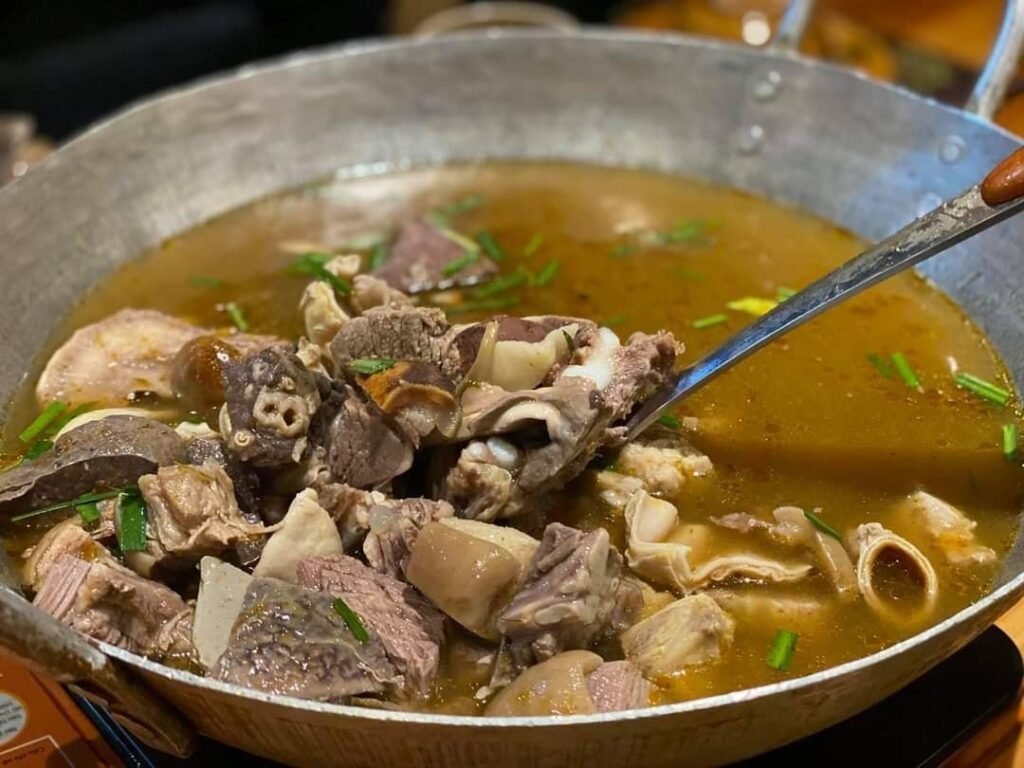

Thang Co, a traditional dish, prominently features horse meat as its main ingredient. What sets it apart is the meticulous preparation of all parts of the horse.


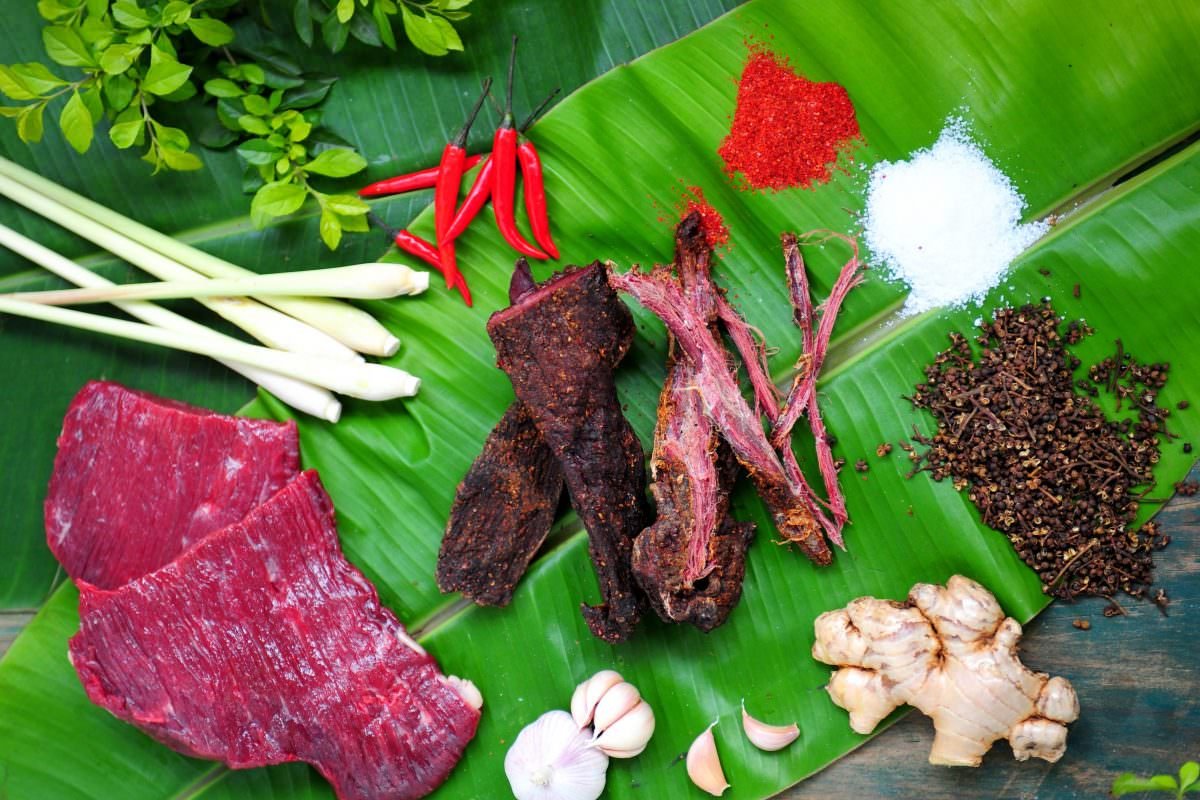



Dried Nut Cake, a Sapa specialty, this treat blends roasted nuts with honey or sugar, offering a unique taste of the region. Ideal as both a dessert and a thoughtful gift.


In this article, we present to you the Sapa travel guide, outlining the best times to visit and the attractions you shouldn’t miss. Moreover, we highlight some essential Sapa dishes you should definitely sample. If you’re interested in excellent Vietnam package tour options, don’t hesitate to reach out to Sun Getaways Travel or explore the available packages listed below:
Ask a question
Leave a Comment (0)
No questions yet. Be the first to ask a question!

